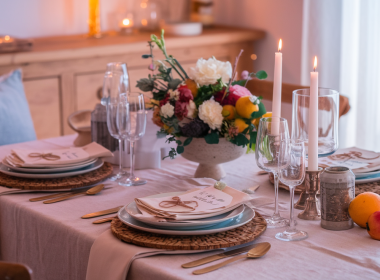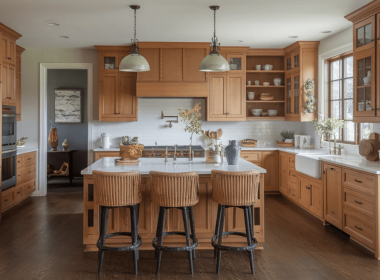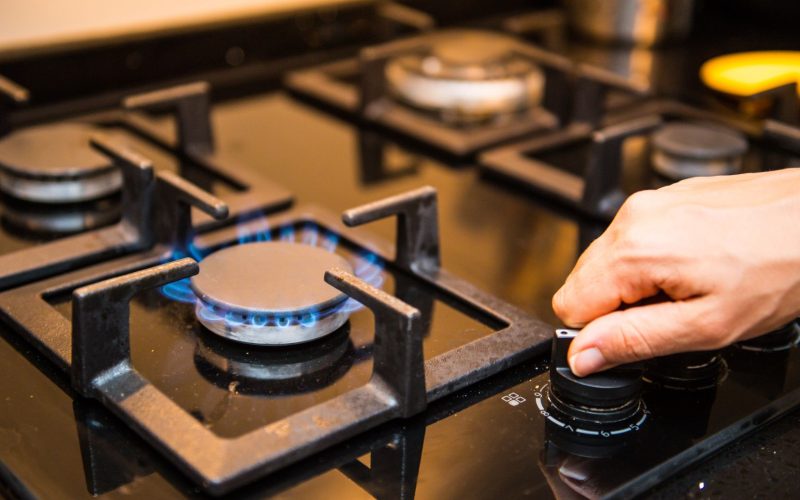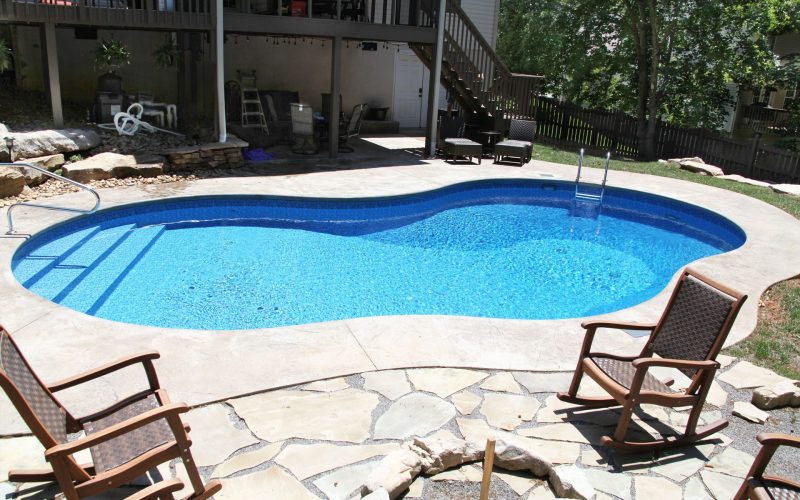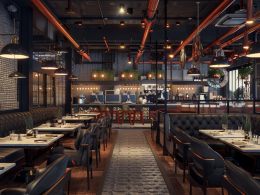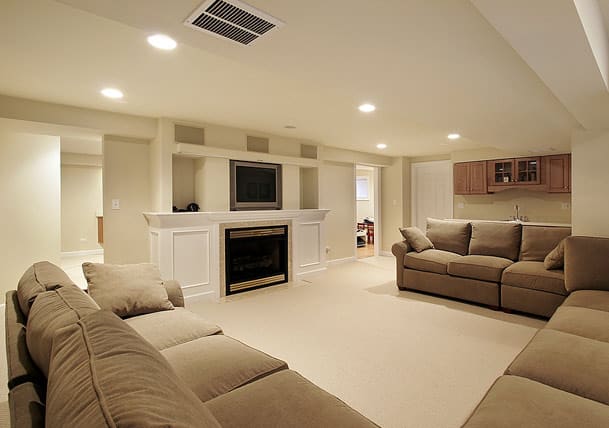Lighting plays a crucial role in transforming the ambiance and functionality of any space, making it essential to stay updated with the latest trends. In 2024, LED ceiling light fixtures are at the forefront of lighting innovation, blending aesthetics with advanced technology.
Keeping up with modern lighting trends can significantly enhance residential and commercial environments, creating a more pleasant and efficient atmosphere.
As we progress towards more sustainable living, energy efficiency remains a priority in lighting design. Smart technology integration is becoming increasingly popular, offering greater control and customization options.
Additionally, unique and contemporary designs are emerging, allowing for more personalized and stylish lighting solutions. Embracing these trends boosts the visual appeal of spaces and contributes to energy savings and overall well-being.
Variety of Trending Light Fixtures
In 2024, LED ceiling light fixtures are making significant strides in design and functionality. Here’s an overview of the popular types of ceiling LED lights currently trending:
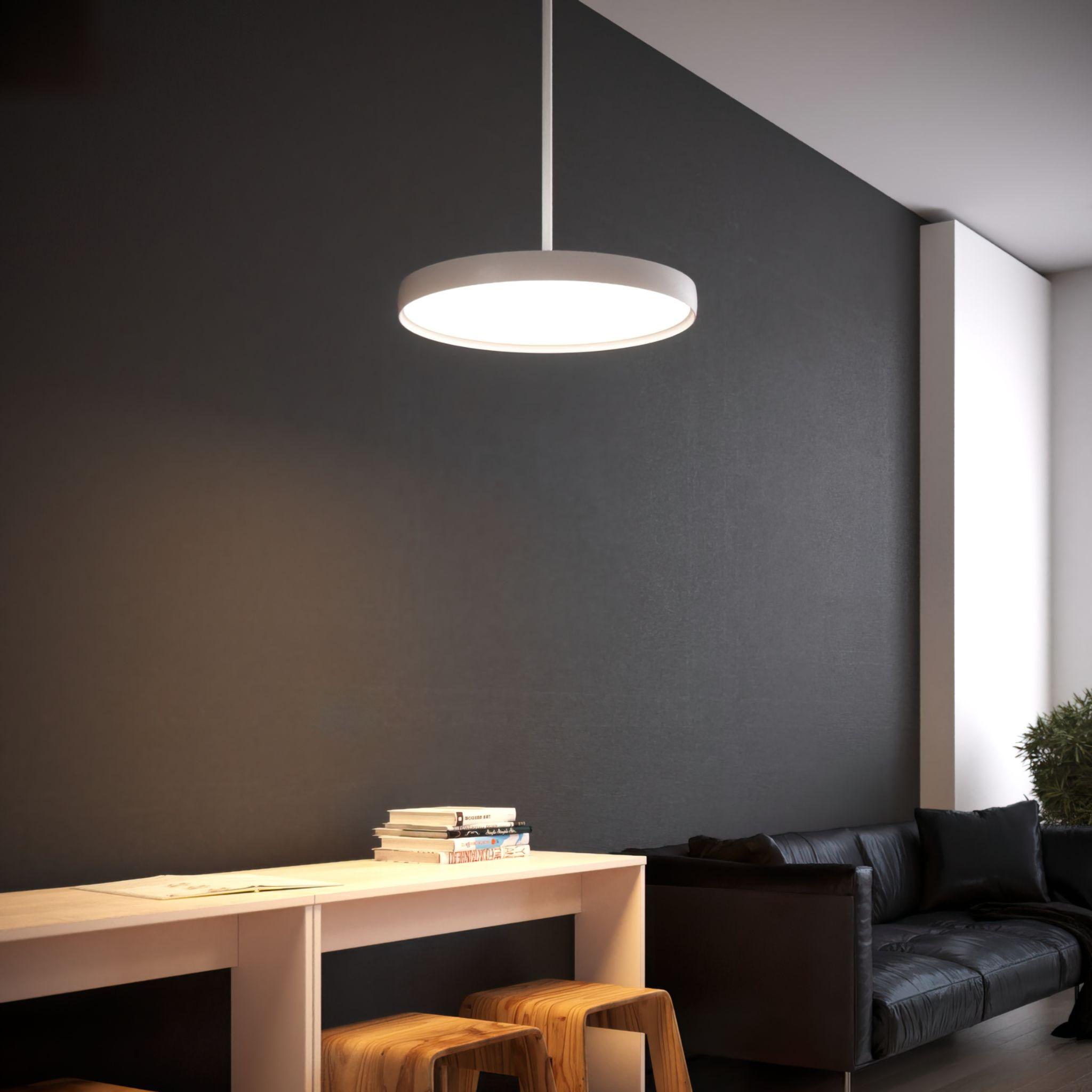
Recessed Lighting
Recessed lighting fixtures are installed within the ceiling, offering a low-profile, unobtrusive look. These fixtures are ideal for creating a clean, modern aesthetic and are perfect for rooms with low ceilings. They provide excellent ambient lighting and can be strategically placed to highlight specific areas or architectural features.
Pendant Lights
Pendant lights are hanging fixtures that add a decorative element while providing focused lighting. Available in a variety of designs, sizes, and materials, pendant lights can serve as statement pieces in kitchens, dining areas, or entryways. They offer both functional lighting and a touch of elegance to any space.
Track Lighting
Track lighting consists of adjustable fixtures mounted on a track, providing flexibility in directing light to where it is needed most. This type of lighting is beneficial in spaces requiring task lighting, such as kitchens or home offices. Its versatility allows for easy repositioning of lights to accommodate different room layouts or focal points.
Flush Mount Lights
Flush mount lights are fixtures mounted directly to the ceiling, making them ideal for low-ceiling spaces. They offer a sleek, space-saving design without sacrificing illumination. These lights are well-suited for hallways, bedrooms, and other areas where overhead space is limited.
Chandeliers
Chandeliers are statement pieces that combine style with functionality. Often used in larger spaces like living rooms or dining rooms, chandeliers can create a focal point and add a touch of luxury and sophistication. They come in various traditional and modern designs, catering to diverse aesthetic preferences.
Round LED Lights
Round LED lights are circular fixtures that provide even, diffused light. They are famous for their modern aesthetic and versatility and are suitable for central and accent lighting use. Round pendant light fixtures are excellent for creating a balanced distribution in living rooms, bedrooms, and bathrooms.
These types of round light fixtures can achieve different lighting effects and enhance the aesthetics of other spaces. Their versatility and design potential allow customization to cater to various preferences and requirements, making them a perfect choice for any modern interior.
Trend 1: Energy-Efficient LED Technology
Advancements in LED technology have significantly transformed the lighting industry, offering remarkable improvements in energy efficiency compared to traditional lighting solutions. Modern LEDs consume far less power while providing the same or greater levels of illumination. Additionally, LEDs boast a longer lifespan, reducing the frequency of replacements and associated maintenance costs. One of the critical features enhancing LED energy efficiency is their dimming capability, allowing users to adjust brightness levels to match their specific needs, thereby optimizing energy consumption.
Basic Regulations and Standards in the Field of Energy Efficiency
California Energy Commission (CEC) Title 24, Part 6
Title 24 is a pivotal regulation in California that establishes comprehensive energy efficiency standards for residential and commercial buildings. This regulation mandates using energy-efficient lighting systems and requires the installation of lighting controls, such as dimmers, timers, and occupancy sensors, in various settings. These controls are crucial for optimizing lighting use and minimizing energy consumption. For detailed information, refer to the document Title 24, Part 6, or ask a renowned lighting supplier, LED Lights Direct.
California Building Standards Code (Title 20)
Title 20 of the California Building Standards Code sets energy efficiency standards for lighting products and fixtures sold or installed within the state. It outlines performance criteria that lighting fixtures must meet to be considered energy-efficient. This regulation applies to all types of lighting, including those used in residential, commercial, and industrial spaces. For more details, see the document Title 20.
International Energy Conservation Code (IECC)
The IECC is a model code adopted by many states and jurisdictions across the United States to establish minimum energy efficiency requirements for buildings. It includes standards for lighting systems that emphasize energy efficiency, such as requirements for LED technology and lighting controls. Refer to the International Energy Conservation Code (IECC) for further reading.
Dimming Capabilities
Dimming capabilities in modern LED lighting systems play a crucial role in enhancing energy efficiency. By allowing users to adjust the brightness of their lights, dimming reduces energy consumption and lessens the strain on lighting components, leading to a longer fixture life. This feature not only conserves energy but also aligns lighting use with actual needs, minimizing energy waste and contributing to overall sustainability.
Incorporating these advancements and adhering to established regulations ensures that LED lighting remains at the forefront of energy-efficient solutions, providing both environmental and economic benefits.
Trend 2: Minimalist and Sleek Design
The trend toward minimalist and sleek designs in ceiling LED light fixtures is redefining modern lighting aesthetics. These designs emphasize both visual appeal and functionality with clean lines, simplicity, and contemporary elegance. Low-profile fixtures, recessed lighting, and geometric shapes drive this trend.

Design Elements
- Low-Profile Fixtures: These fixtures are integrated seamlessly into the ceiling, creating a clean, unobtrusive look that is ideal for contemporary interiors. They provide effective illumination without drawing attention to themselves, enhancing the overall aesthetic of a space.
- Recessed Lighting: Installed within the ceiling, recessed lights offer a streamlined appearance and are perfect for rooms where a subtle, sophisticated look is desired. They provide uniform light distribution while maintaining a sleek profile.
- Geometric Shapes: Modern LED fixtures often feature geometric designs, such as circular, square, or rectangular shapes. These designs add a touch of contemporary style and can serve as functional light sources and striking visual elements.
Appeal and Versatility
Minimalist designs are highly versatile, making them suitable for both residential and commercial spaces. Their clean and understated look allows them to blend seamlessly with various interior styles, from modern and industrial to Scandinavian and urban chic. In residential settings, minimalist fixtures enhance a room’s sleek and organized appearance, while in commercial environments, they contribute to a professional and sophisticated atmosphere.
By incorporating minimalist and sleek LED fixtures, spaces can achieve a modern, stylish look that complements their existing décor, all while maintaining functionality and efficiency.
Trend 3: Human-Centric Lighting
Human-centric lighting is a revolutionary approach that tailors color temperature and brightness to align with natural human rhythms, enhancing well-being and productivity. This technology is designed to mimic the varying qualities of natural daylight throughout the day, supporting the body’s circadian rhythms and promoting a healthier living environment.
Mimicking Natural Daylight
Human-centric lighting systems adjust their color temperature and intensity to replicate the changes in natural light. For instance, in the morning, these lights may emit more fabulous, blue-enriched light to stimulate alertness and energy.
As the day progresses, the lighting gradually shifts to warmer, softer hues to help ease the transition towards evening and nighttime. This dynamic adjustment supports the body’s internal clock, improving sleep quality and overall health.
Benefits for Health and Productivity
The benefits of human-centric lighting are substantial. By aligning with circadian rhythms, this lighting reduces eye strain and fatigue, which are common issues in environments with static or artificial lighting.
It also contributes to improved mood and mental clarity, as the ability to adjust lighting to natural patterns helps regulate biological processes and emotional states.
Human-centric lighting has been shown to increase productivity in work environments by creating a more comfortable and stimulating atmosphere that enhances focus and performance.
Creating a Supportive Environment
Incorporating human-centric lighting into both residential and commercial spaces fosters a more supportive and adaptable environment. It helps create a natural and soothing atmosphere conducive to relaxation and well-being in homes. In workplaces, it enhances comfort and efficiency, ultimately leading to a more engaged and healthy workforce.
This innovative lighting approach transforms physical spaces and positively impacts the overall quality of life for those within them.
Trend 4: Eco-Friendly LED Lighting
The trend of eco-friendly LED lighting is gaining traction, driven by a desire for more sustainable and nature-inspired design solutions. This trend highlights the use of natural materials and emphasizes the role of environmentally responsible choices in modern lighting.
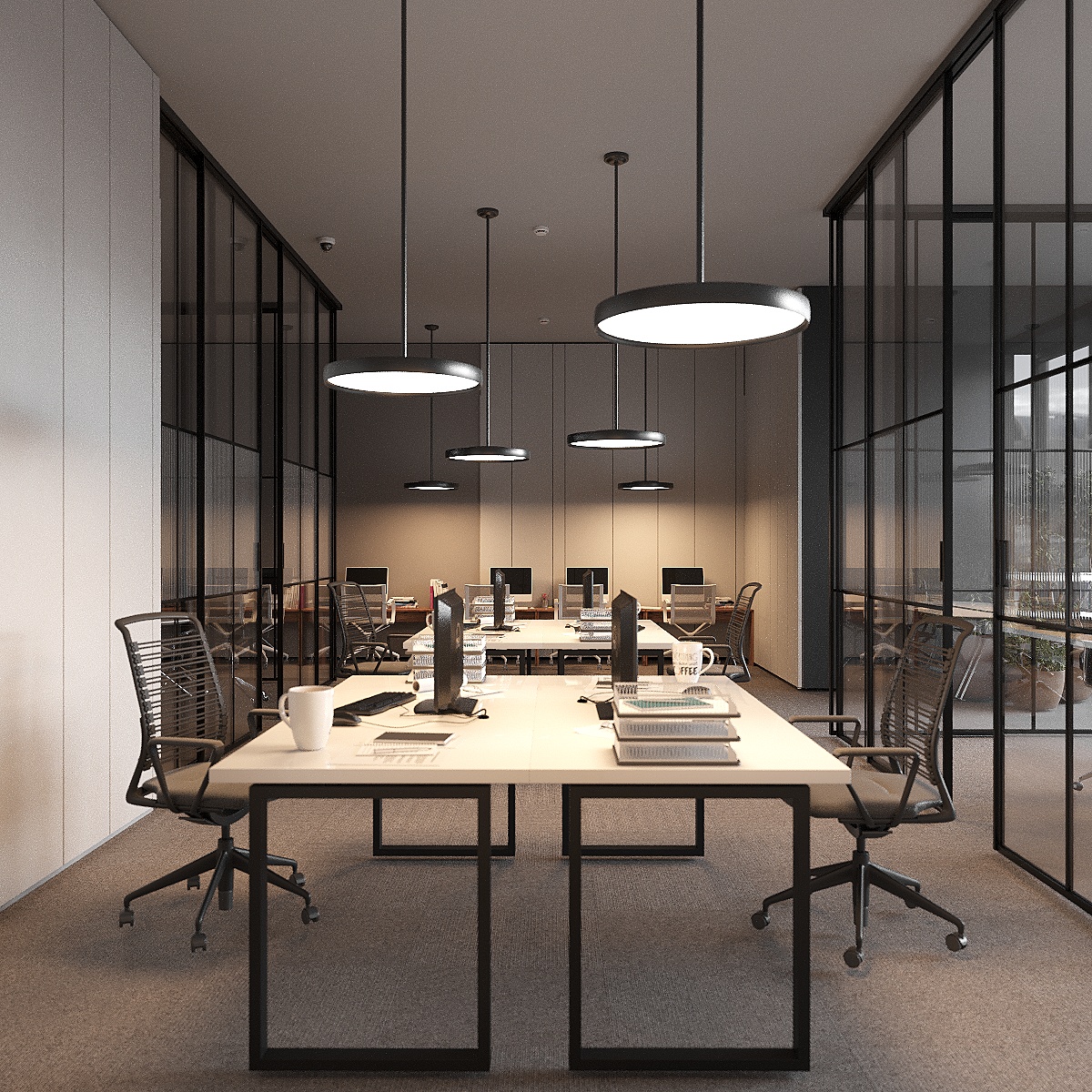
Nature-Inspired Fixtures
One of the prominent aspects of eco-friendly LED lighting is the incorporation of natural materials, such as wood. Wooden light fixtures offer a unique aesthetic, combining functionality with organic beauty. The natural texture and tones of wood add warmth and a sense of tranquility to any space, creating a cozy and inviting atmosphere. These fixtures often feature clean, minimalist designs that highlight the inherent beauty of the material, enhancing the overall interior design.
Sustainability and Environmental Impact
Wooden LED fixtures are not only visually appealing but also an eco-friendly choice. Wood is a renewable resource, and using it in lighting fixtures helps reduce the environmental impact compared to non-renewable materials. LED technology is also known for its energy efficiency, contributing further to a lower carbon footprint. By choosing wooden LED lights, consumers support sustainable practices and promote the use of materials that are kinder to the environment.
This trend towards eco-friendly LED lighting reflects a growing awareness of environmental issues and a preference for products that align with sustainable living principles. Integrating nature-inspired elements into lighting design enhances the visual appeal of spaces and supports a more responsible approach to interior design.
Trend 5: Smart Lighting Systems
The rise of smart lighting systems is revolutionizing how we interact with our lighting environments. These advanced systems can be controlled remotely through smartphones or integrated with broader smart home systems, offering an unprecedented level of convenience and flexibility.
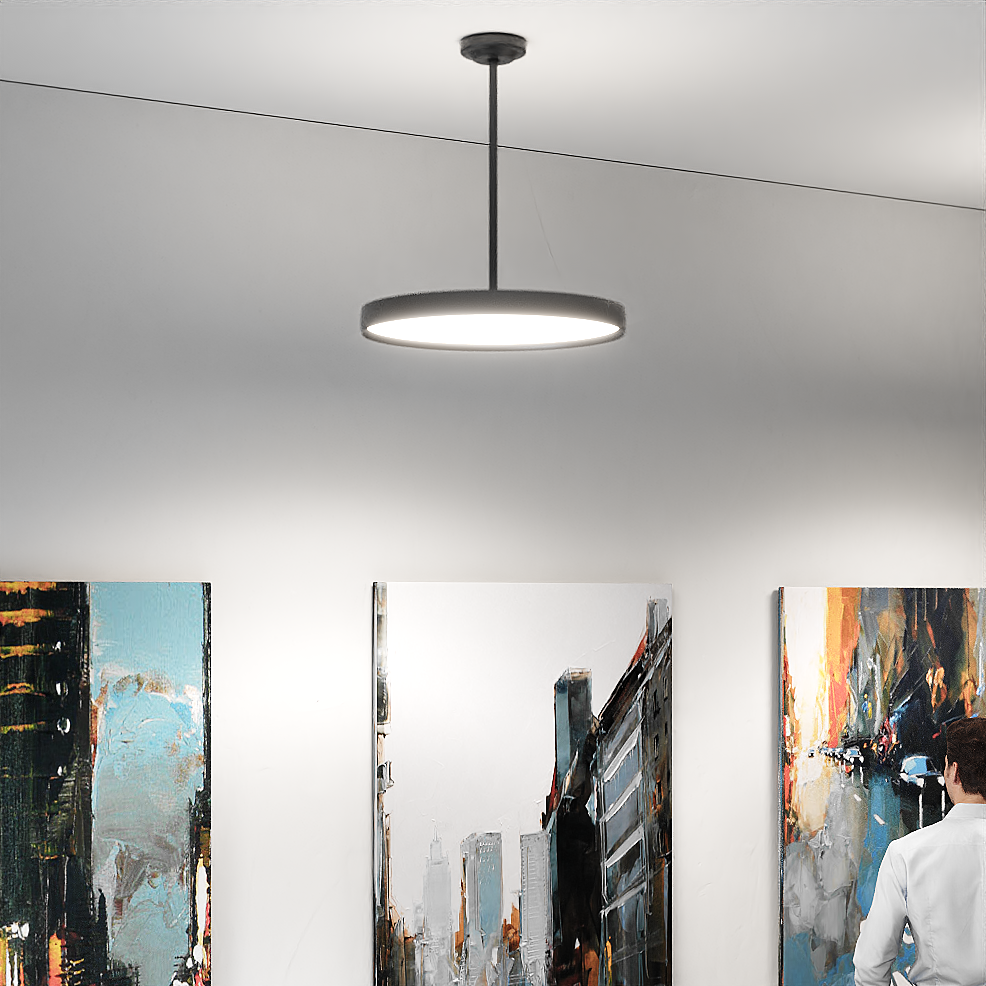
Key Features
- Automation: Smart lighting systems can be programmed to operate automatically based on various triggers, such as time of day or occupancy. This feature ensures that lights are only on when needed, enhancing both convenience and energy efficiency.
- Scheduling: Users can set schedules for their lighting, adjusting brightness levels and color temperatures to match different times of the day or specific activities. This capability helps in creating the perfect ambiance for any situation, from morning routines to evening relaxation.
- Voice Control: Integration with voice-activated assistants like Amazon Alexa, Google Assistant, or Apple Siri allows users to control their lighting with simple voice commands. This hands-free operation adds a layer of ease and accessibility to managing lighting settings.
Energy Efficiency and Convenience
Smart lighting systems contribute significantly to energy efficiency by enabling precise control over lighting usage. Users can adjust the intensity of the light and set timers to ensure lights are not left on unnecessarily, thereby reducing energy waste. Additionally, monitoring and controlling lighting remotely allows for more excellent management and optimization of energy consumption.
Smart lighting systems offer enhanced convenience and flexibility in both home and office environments. They make it easy to create the desired lighting atmosphere, whether for work or relaxation, and give users greater control over their lighting preferences and energy use. This trend towards smart technology reflects a broader shift towards more intelligent, efficient, and user-friendly home and office solutions.
Conclusion
In conclusion, the top trends in ceiling LED light fixtures for 2024 highlight a perfect blend of functionality, sustainability, and aesthetic appeal. Energy-efficient LED technology continues to lead the way, offering significant savings and environmental benefits. Minimalist and sleek designs provide modern elegance, while human-centric lighting enhances well-being and productivity by mimicking natural light patterns.
Eco-friendly options, such as wooden fixtures, underscore the importance of sustainable living, and smart lighting systems bring unparalleled convenience and control to our lighting environments. When planning your lighting upgrades for the year, consider these innovative trends to create a more efficient, stylish, and supportive atmosphere in your spaces.

